Head Shaking Syndrome In Horses
Head shaking syndrome in horses. John Madigan has been working with headshakers since 1991 and in fact named the syndrome photic headshaking after he identified it 20 years ago. This has been described as a rapid downward jerk of the nose followed by an upwards fling of the nose. Headshaking syndrome can impact any horse at any age but the average age of onset is 9 years.
Headshaking is characterised by a sharp usually vertical movement of the head although rotatory or horizontal headshaking is occasionally seen. All horses shake their head at one time or another horizontally whereas horses with headshaking syndrome exhibit repetitive involuntary headshaking that is more vertical. Its been blamed on everything from allergies to bad riding.
What Causes Head Shaking in Horses. The horse responds with a variety of behaviors including quick jerks of the head rubbing his nose on objects snorting and lip licking. Headshaking syndrome in horses is similar to facial pain syndrome in people.
Thoroughbreds are the most commonly affected breed followed by Quarter Horses and Warmbloods. These horses may also have horizontal headshaking but the hallmark sign is the vertical movement. It is a sensation of tingling pricking or unpleasant nerve pain known as trigeminal neuralgia.
Bad and Painful Tooth. A rope going through the nose and mouth of your pet is so uncomfortable when it is too much congested. In horses the condition can be triggered by overactivity of various branches of the trigeminal nerve that brings sensation to the face and muzzle.
Headshaking behavior is considered to be caused by overactivity of branches of the trigeminal nerve that supply sensation to the face and muzzle. Horse head-shaking syndrome - YouTube. Trigeminal Nerve PainHeadshaking Trigeminal mediated headshaking HSK in horses is manifested as a painful disorder consisting of violent head flicks with no apparent stimuli and has been described for over 100 years.
What causes head shaking syndrome. Headshaking is a behaviour displayed by horses where the horse continuously shakes its head vertically andor horizontally.
Headshaking is a behaviour displayed by horses where the horse continuously shakes its head vertically andor horizontally.
Affected horses may also experience nasal irritation leading to rubbing of the face and self-trauma. This has been described as a rapid downward jerk of the nose followed by an upwards fling of the nose. Horse head-shaking syndrome - YouTube. Its been blamed on everything from allergies to bad riding. Historically idiopathic head shaking has been attributed to behavioural avoidance or stereotypy and these horses. Headshaking is a behaviour displayed by horses where the horse continuously shakes its head vertically andor horizontally. That is an abnormality in the trigeminal nerve which transmits sensation over the face causes the horse to feel neuropathic pain which can include burning tingling itching or electric-like sensations. Horses fall into the pathological syndrome recognised as head shaking syndrome. What Causes Head Shaking in Horses.
In a study of 100 head shaking horses Lane and Mair 1987 found a definitive cause in only two individuals with the remainder being categorised as idiopathic head shakers. Headshaking behavior is considered to be caused by overactivity of branches of the trigeminal nerve that supply sensation to the face and muzzle. Geldings are more commonly affected than mares. Neuropathic pain is characterized by sudden onset. Headshaking syndrome can impact any horse at any age but the average age of onset is 9 years. Distress also causes head shaking in horses as they can nothing much except shaking snorting. These horses may also have horizontal headshaking but the hallmark sign is the vertical movement.

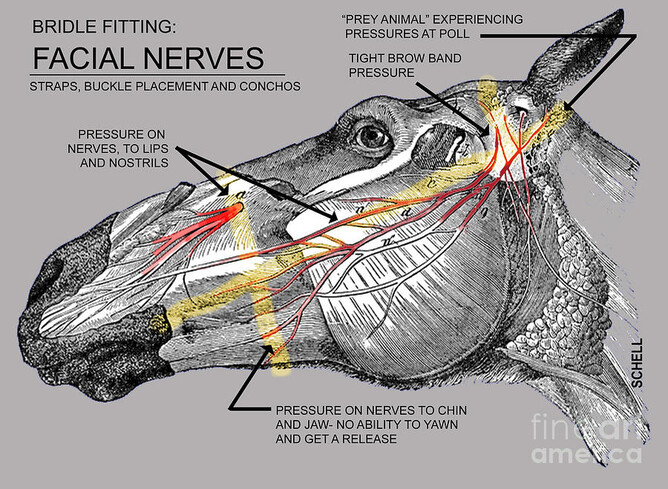














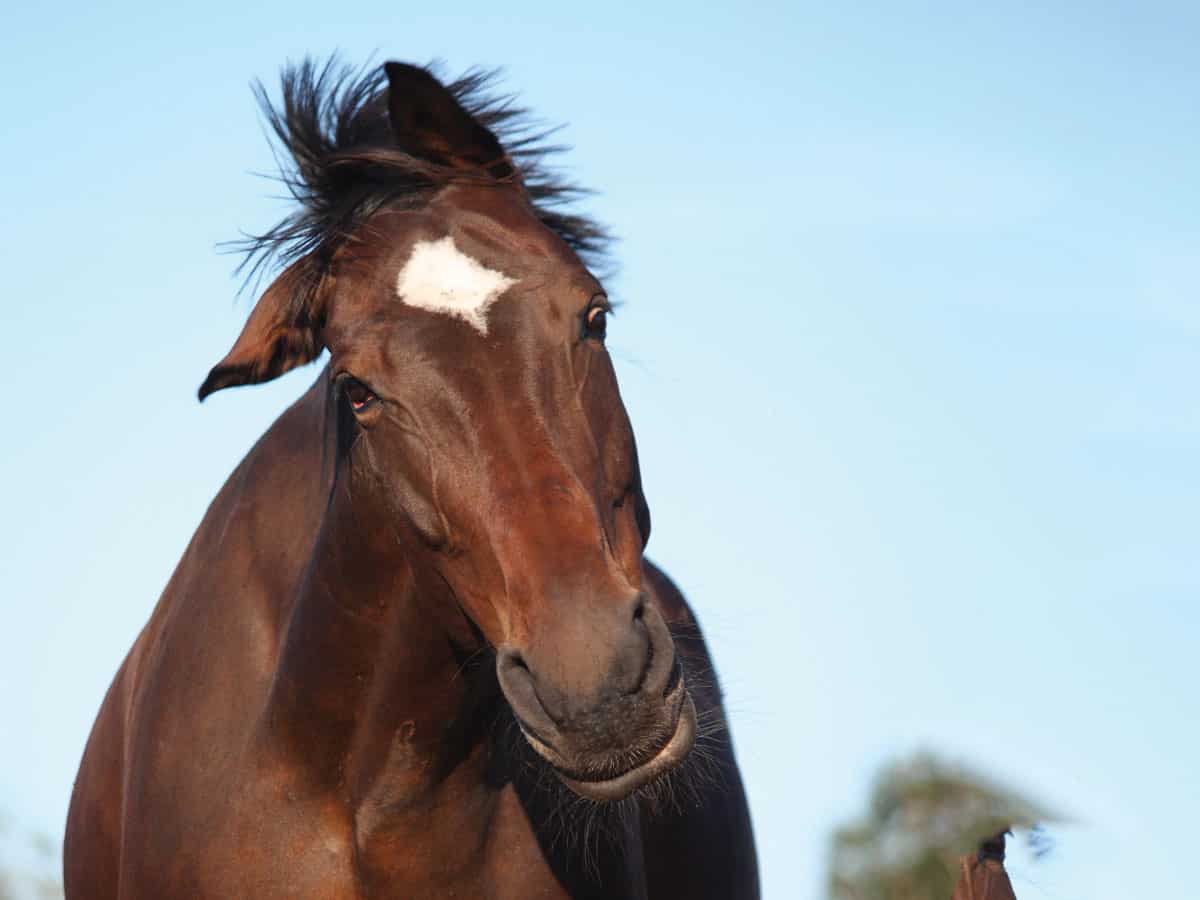


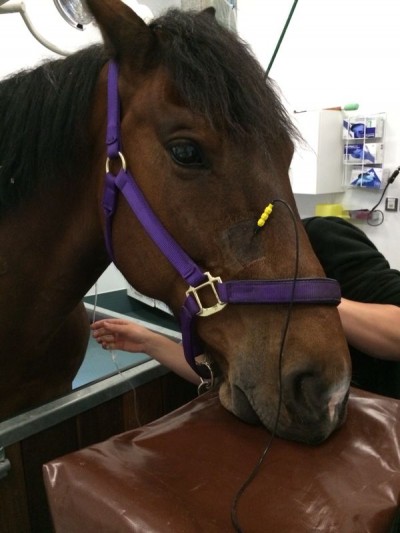
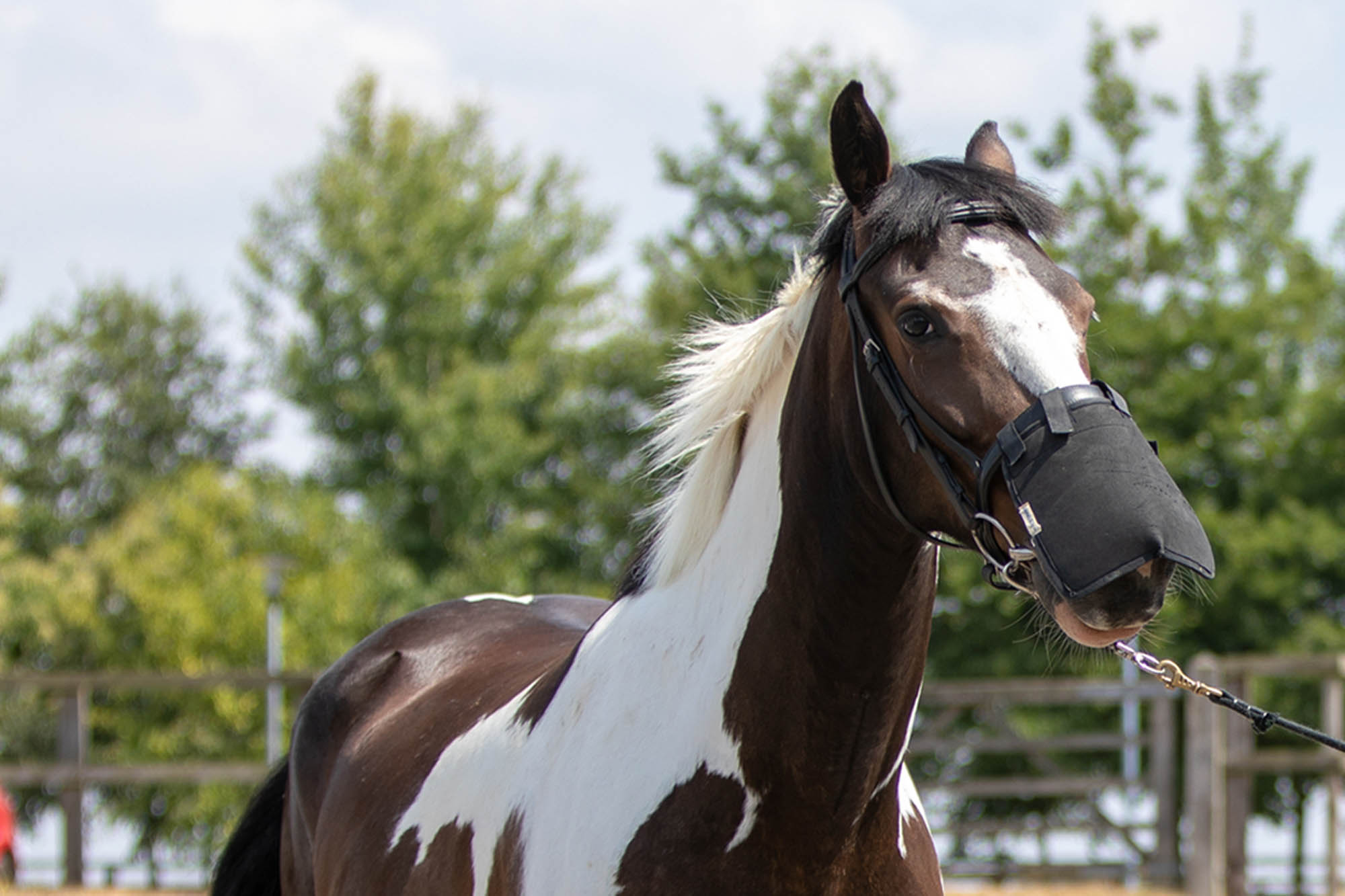


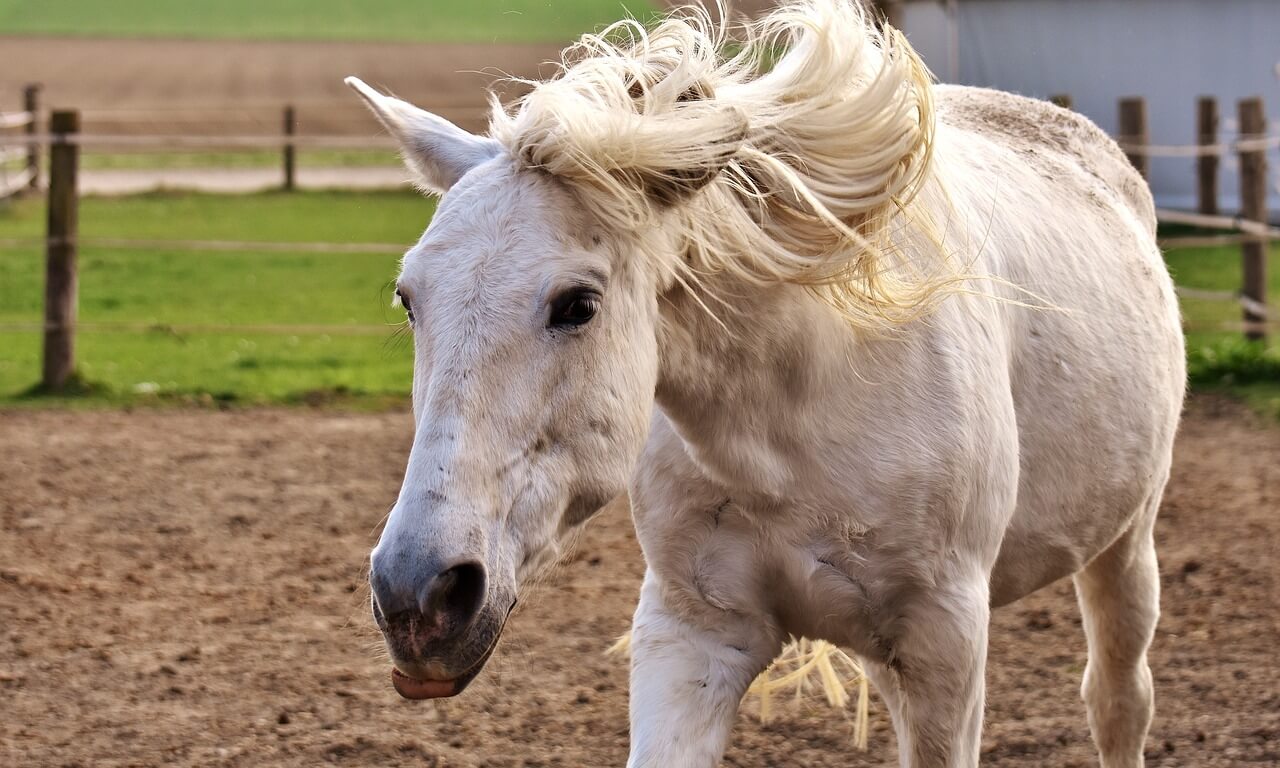


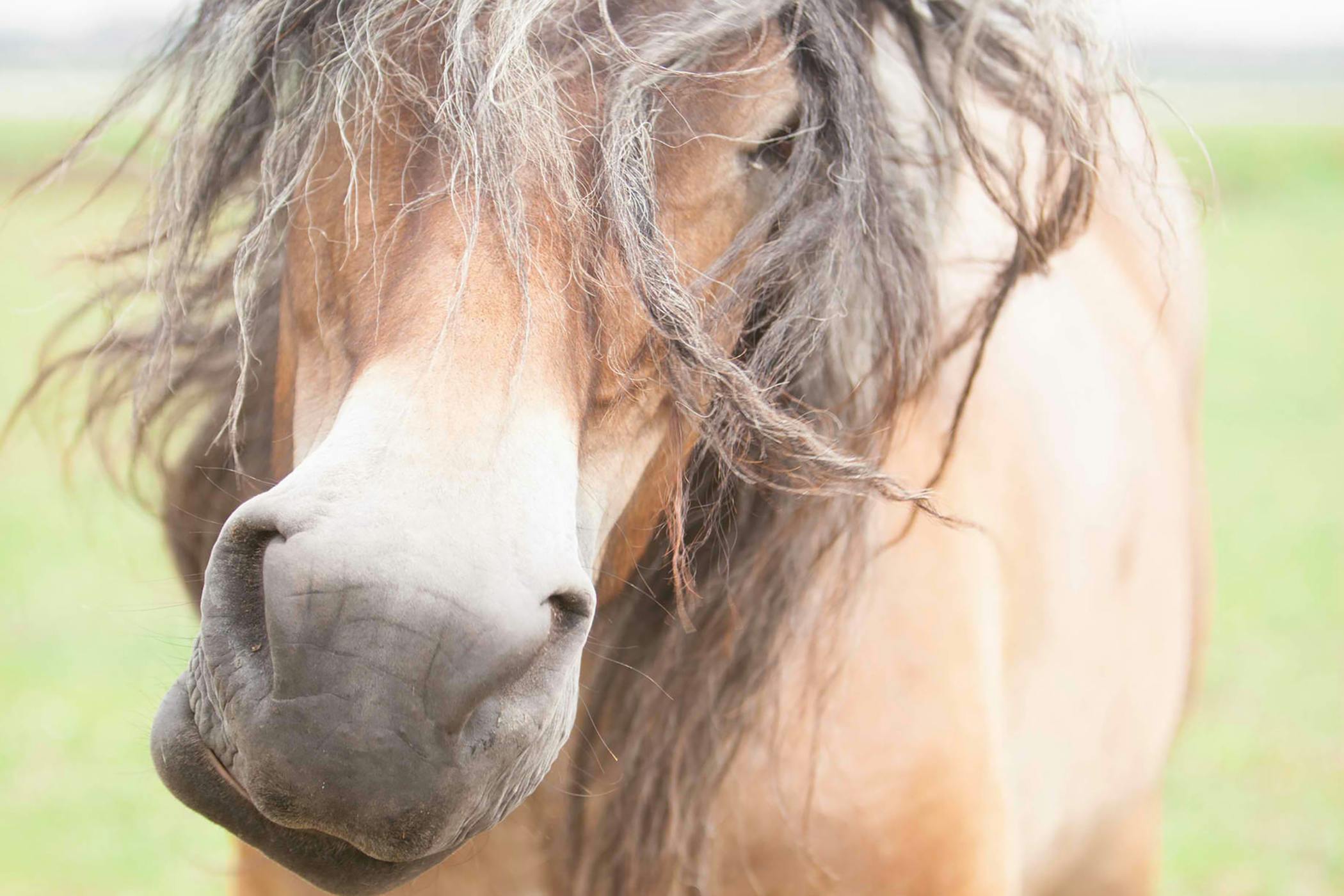















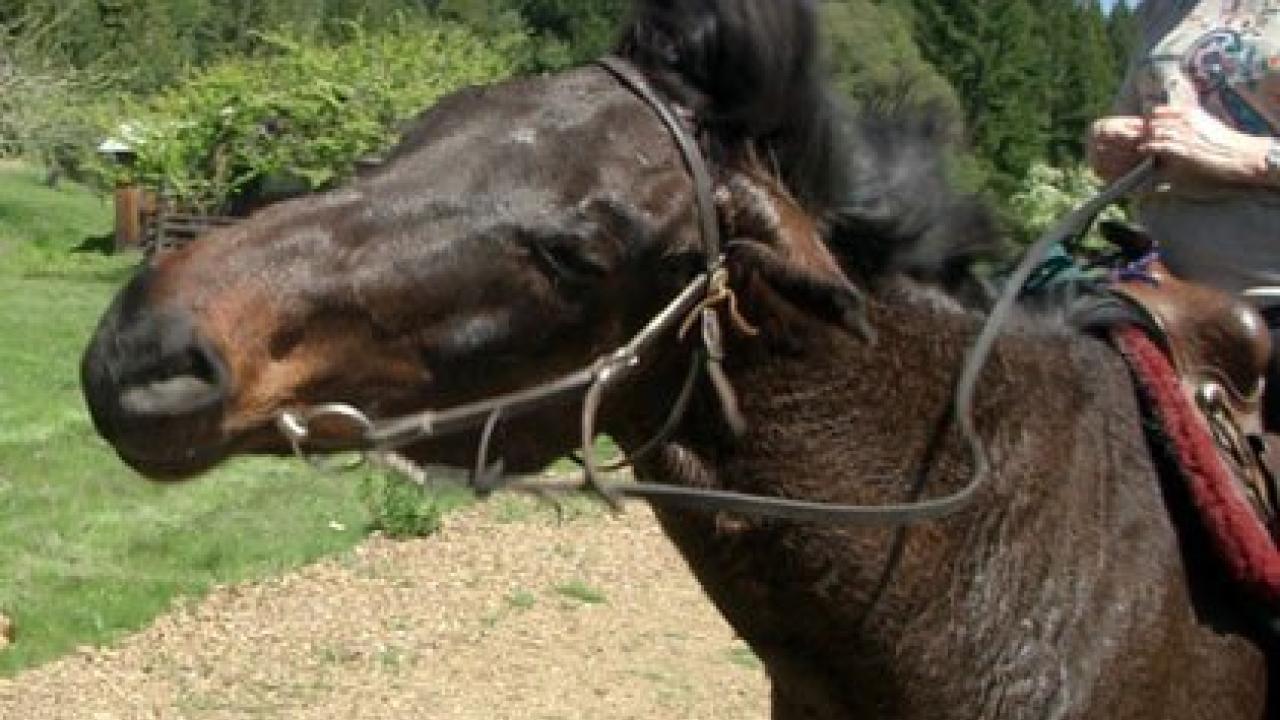
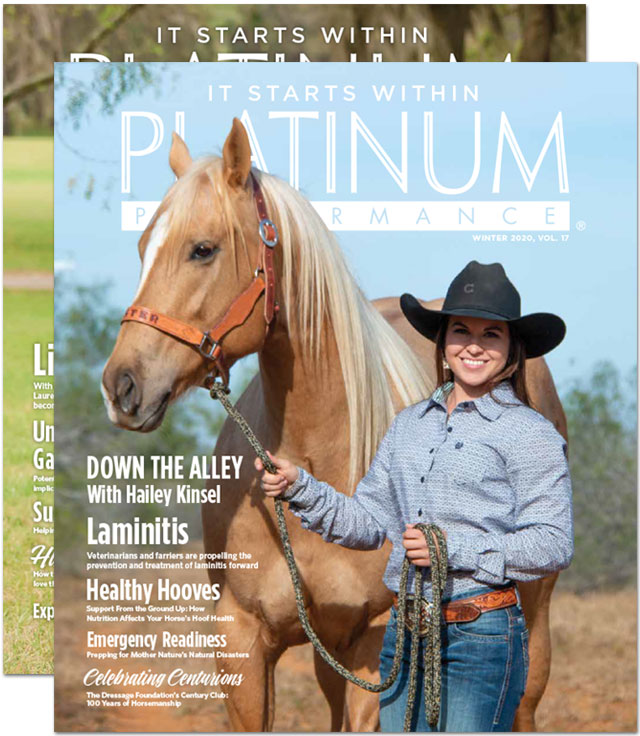


Post a Comment for "Head Shaking Syndrome In Horses"